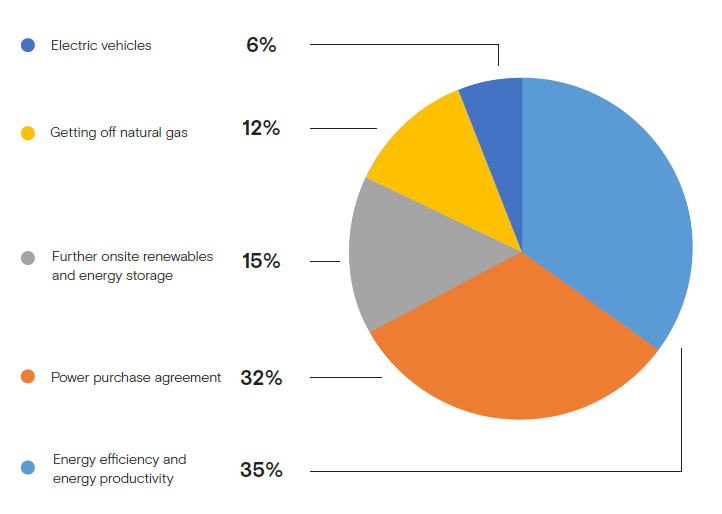Sustainability
- Home
- Locations
- What you can do
- LiFE Framework
- Sustainable Development Goals
- About us
- Grants
- Events
- Contact us
Now searching for:
As a regional university operating across New South Wales, we have distinct identities. Our campuses have grown out of historical sites including Teachers colleges, Agriculture colleges and from other facilities. Some of these buildings are not ideal, have become redundant or are no longer fit for purpose.
Most of these older properties use significant energy to heat and cool them. Climate change makes energy demands rise. Other properties perform better and are able to adapt to student needs and the change in demand.
Charles Sturt teaches, practices and researches sustainability.
We are have shown leadership for nearly a decade and are committed to the Sustainable Development Goals. Meeting SDG 7, 9, 11, 12 and 13 calls for action on energy and climate emissions and we’ve made some good progress so far.
Charles Sturt University aligns our research, policies, procedures, and other work with the UN Sustainable Development Goals (SDGs). These are the most relevant SDGs for this initiative.

In 2016, Charles Sturt became Australia’s first Carbon Neutral University. In 2017, we had the largest rooftop PV system. With climate change impacting us regionally today and with new breakthroughs in renewable energy, come new challenges and opportunities for Charles Sturt and our regional communities.
To meet these challenges and build on opportunities, we’ve developed a comprehensive plan.
The 2030 Clean Energy Strategy sets out a pathway for us to be energy resilient, efficient and ready for a low carbon future. By 2030 we aim to remove all scope 1 & 2 emissions from our operations but this is a significant challenge as fossil fuel based natural gas supplies half of our stationary energy needs.
We will change how and where energy is used and where it is sourced from. We’ll need to use less energy and shift to solar and wind derived electricity. Changing to 100% clean energy makes sense both for the planet and our communities but also economically. We hope that procuring regionally also helps support local jobs.
Students, Staff and our communities are invited to join us in taking action to reduce our environmental impacts, build a climate ready resilient campus and reducing costs.
The implementation of the Strategy will require significant capital and shall require changes in some buildings that staff and students currently occupy. Some streams will start in 2020 with all activities expected to be running by 2022.
